Design and build
The Stereo 130 and CDT are simply the coolest looking boxes that have ever sat on my mid-century vintage desk. I’m a sucker for retro-charm, as evidenced in my love of wooden headphones and my insistence on sticking with the expense and inconvenience of vinyl. Their walnut encasements aren’t a veneer, but rather genuine timber. They are genuine ‘statement’ pieces, and for me, that’s a part of the experience. I’ve had the chance to audition, review, and own many pieces of terrific gear over the years that may have performed well, but left me feeling a little…cold.
If you’re thinking for a moment that you might save yourself a few bucks and opt for the Stereo 130 without the walnut enclosure, go and look at yourself in the mirror, give yourself a slap, and then apologise to yourself for ever thinking such a silly thought. The greatest compliment I could pay to the Stereo 130 is that even if it stopped working, I’d keep it on my desktop because it looks sensational (not that during my review time with the Stereo 130 that it gave me any concerns about its build or longevity).
In addition to full marks in the aesthetics department, the build quality and construction of the Stereo 130 and CDT feels first-rate. Their aluminium bodies feel reassuringly solid (7kg for the Stereo 130 and 6.3kg for the CDT), and their buttons and dials feel tactile and pleasing to use. The new LEAK components genuinely are gorgeous luxury hifi items at ‘mid-fi’ prices, and for this reason alone, I suspect they’ll find their way into more homes than better-specced or more expensive utilitarian audio equipment.
Live-ability and form-factor
Both the Stereo 130 and CDT are shipped with identical remotes which each perform double-duties on either device. The remote is both well-built and a pleasure to use. You are required to press either the ‘CD’ or ‘A’ (amplifier) button on either device to choose which unit you intend to control before using, otherwise, you might find yourself switching off the wrong one by accident (guilty!). The volume knob on the Stereo 130 is motorised, twisting with a quiet mechanical whirrr when controlled remotely. Under the hand, the knob is tactile and pleasant, allowing for precise volume attenuation but it feels very much like the plastic it is.
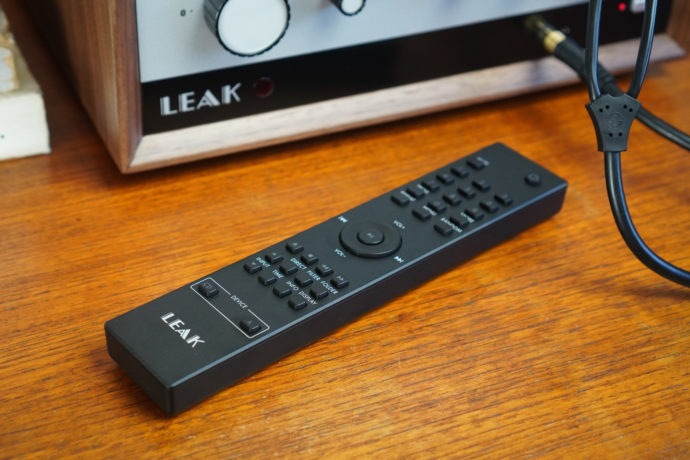
The Stereo 130 has no less than eight separate digital and analogue input options which can be chosen by the selector switch on the left of the front panel. This generous allocation makes the Stereo 130 hands-down the most handily-equipped integrated amp that I’ve ever had the pleasure to live with, and I found that I ended up needing almost every one of those inputs for my day-to-day use cases. I hooked-up the CDT to the Stereo 130 via the Coaxial input allowing the 2 x Optical inputs to be reserved for my Xbox One and Chromecast Audio respectively. Connecting my Macbook Pro to the Stereo 130 via USB allowed me to use it as a USB DAC and access my digital library via ROON when I wasn’t spinning CDs, allowing the Stereo 130 to also access Tidal’s vast hi-res streaming archives.
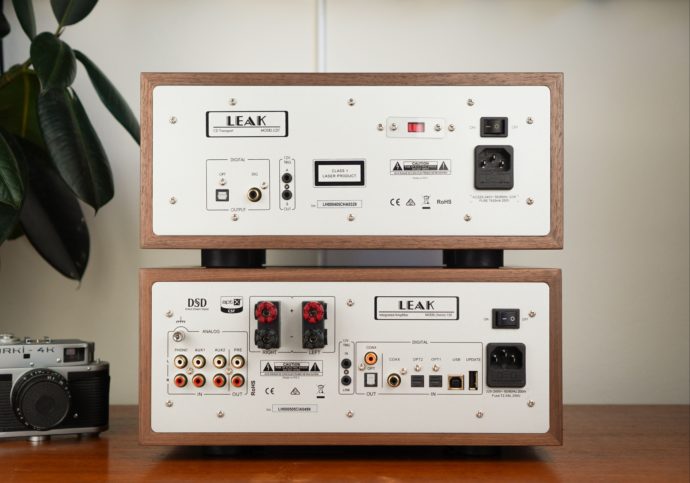
The MM phono input on the Stereo 130 performed strongly with both my Shure M91ED-equipped Rega Planar 2 and AT-VM95E-equipped Drop + Audio Technica Carbon VTA turntables, the latter’s inbuilt phono stage being a fraction-less dynamic and insightful than the Leak’s when switched between the two. Being able to switch between vinyl, digital audio, and gaming inputs on the fly using one simple knob on the one retro-looking device was a pleasant change from having to fumble between separate devices to do the same. I can unreservedly say that the LEAK Stereo 130 is the perfect desktop/near-field ‘do-all’ device for my particular requirements, and for that reason it also gets full-marks for convenience and form-factor in addition to its killer looks.
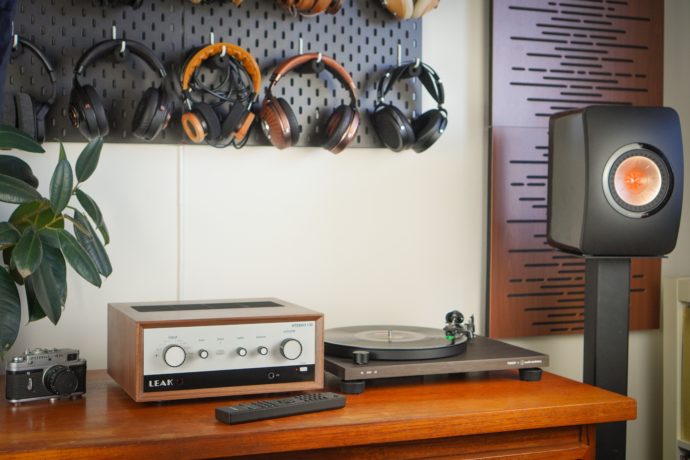
There’s no switch as such to choose between headphone and speaker listening on the Stereo 130. Rather, plugging in a pair of headphones into the Stereo 130’s front-mounted 6.3mm single-ended jack mutes the speaker-output, and after a short delay of a second or so, music continues playing via your headphones’ transducers. Right here I’ll point out that the LEAK Stereo 130 is a single-ended design through-and-through, and headphone users looking for balanced facilities won’t find any here. I’m not going spiral into a balanced-versus-single-ended whirlpool, but the Stereo 130 really isn’t that kind of specialist device. The merits of balanced headphone topology might be beneficial to some, but for the overwhelming majority of non-critical listeners, the 6.3mm stereo jack plus a 3.5mm adapter will be all the connectivity you need to hook-up your cans to the LEAK Stereo 130.
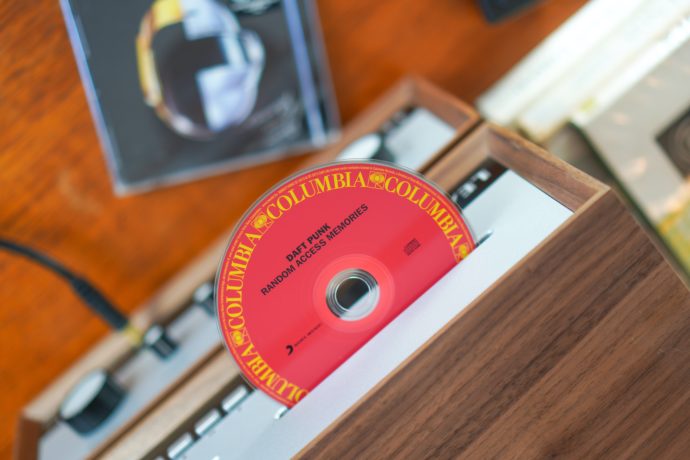
CD spinning on the CDT is a rather straightforward affair. It’s has a single ‘slot’-style loading function, meaning you simply feed your disc of choice into the CDT, press ‘play’, and off you go. The inclusion of the USB-drive functionality is nice, I guess, but it’s not really something I’d ever entertain using. You might have plenty of files lying around on thumb-drives so this might sound great to you, perhaps. I did find it useful that the two LEAK devices have a 12V trigger between them, meaning that when I switched-on the Stereo 130, the CDT would also fire-up when woken-up with a mono 3.5mm cable running between them.
The tone and balance controls on the Stereo 130 are a handy addition, as well as being a throwback to classic hifi. They are rather ‘blunt’, in that they offer a general raising or dipping in the bass and treble departments if you’re listening via CDs or vinyl, for example, but more precise adjustments are best left to parametric software adjustments if you’re looking to correct specific concerns with speakers, headphones, or your room.
The inclusion of pre-out RCA outputs on the Stereo 130 is a welcome one. While 45WPC is nothing to sneeze at, it’s nice to know that you can future-proof yourself by having the option to keep all those terrific input options (as well as the looks!) of the Stereo 130 and have it work as a talented pre-amp upstream of a power amplifier. The other benefit of the Stereo 130’s pre-outs is the fact that you can also pair it with a subwoofer, which I found myself doing for the majority of my speaker-listening with my KEF LS50s which happen to have fairly steep bass roll-off below 50Hz.
The review continues over the jump on page 3.





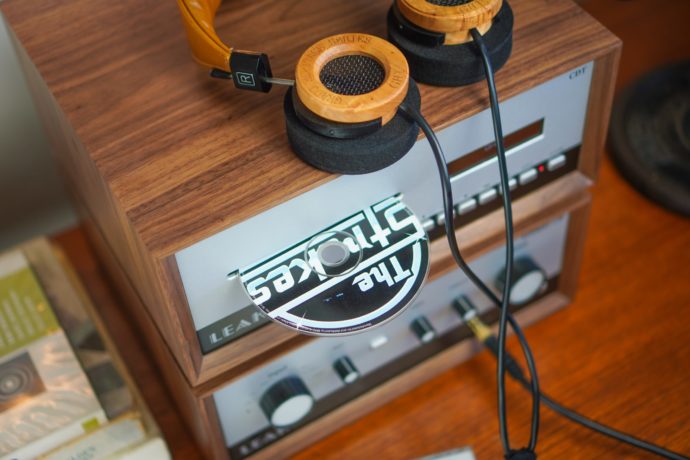

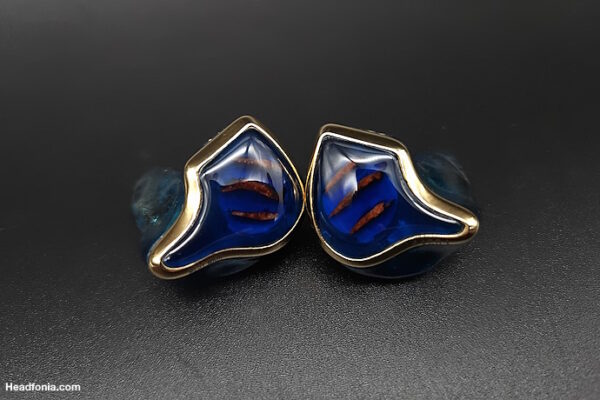
Aryan Bansal
Great article matty Graham. Thanks for sharing informative article.
Matty Graham
My pleasure Aryan, thanks for reading.
Kevin Anderson
Enjoyed your review Marty. Have progressed to a Leak 230 with the Wharfedale Lintons. Great sound for my ageing ears. Now considering the Leak CDT to complement the set. Thanks for your informative commentary.
Lieven
Thanks for the comment